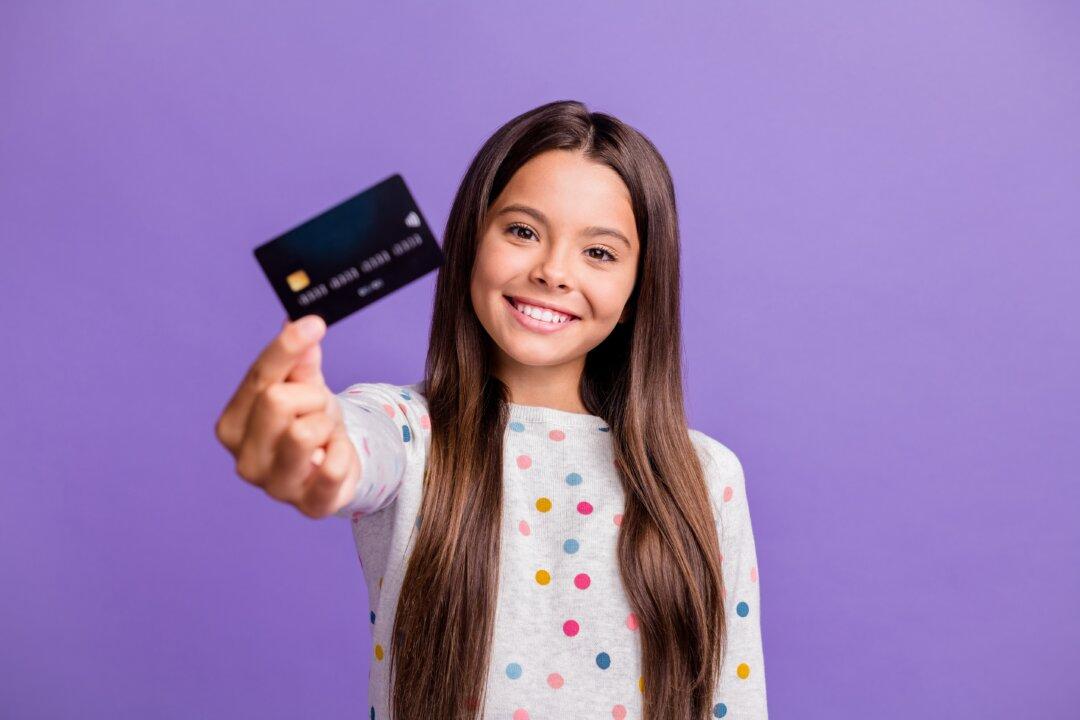Everyone wants the best for their children. Teaching them respect, love, responsibility and educating them overall are priorities for parents and grandparents. But one aspect of children’s education is often overlooked, and it can cause havoc when they are adults. Learning about finances should be part of your children’s ABCs when they are growing up.
Financial Literacy Impacts a Child’s Future
Just as children aren’t born knowing how to read, they aren’t born knowing the nuances or even the basics of finances. It’s hard to expect financial responsibility if a child doesn’t understand how and why it’s essential.College students who get their first credit card may not comprehend how interest rates affect them. They keep charging purchases and making the minimum payment until they go into early debt. When the balance is too big, they may not be able to meet that minimum payment. They may have received an “A” in calculus, but they now have an “F” in personal finances.






